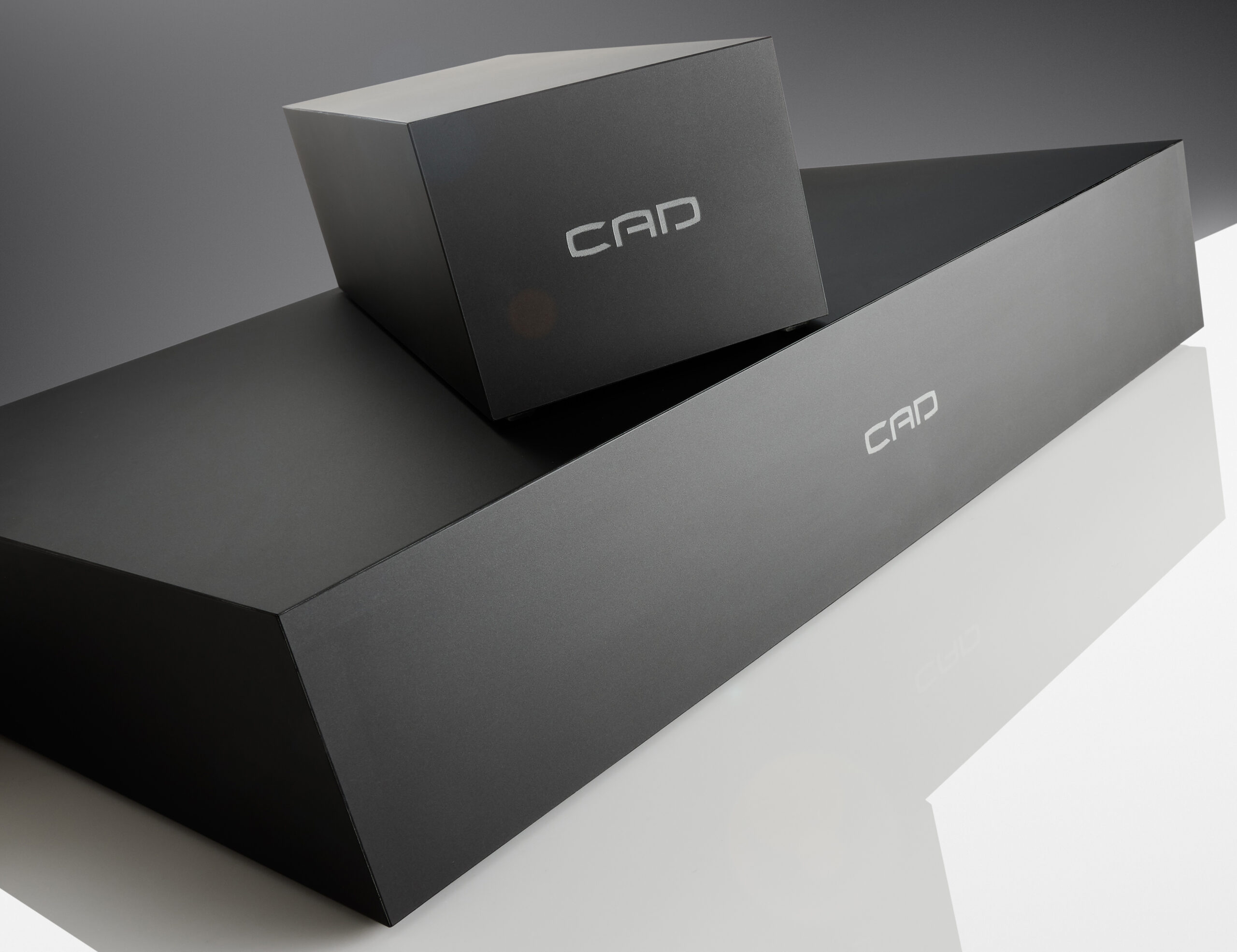Several months ago a local dealer, Timbre Audio, hosted an open house featuring the principals of the company Computer Audio Design: Isabel Whitley and Scott Berry. CAD designs and manufactures passive external grounding boxes, among other products. Although I had heard of the company and had even read one or two reviews, I was highly skeptical with respect to what an external grounding box could do for systems that were already properly star-grounded to earth.
The open house event demonstrated the CAD grounding equipment on a system comprised of Vandersteen 7XTRM speakers, VTL S-400 amplifier and TL7.5 Series III preamplifier, and a Linn Klimax DSM streamer. The demonstration consisted of playing a track of music, then attaching a single piece of equipment to the CAD Ground Control, listening, then attaching another piece of equipment to the Ground Control, etc. In each instance the effect of connecting another piece of gear to the Ground Control was audible, sometimes dramatically so, other times more subtly. The effect was clearly additive, i. e., as more pieces of equipment were grounded, the overall effect on the sound was more pronounced.
The local dealer is a friend and made a point to introduce me to Scott and Isabel. As a result, Scott and Isabel were kind enough to provide me for review both a GC 1.1 (2 sockets) and a GC 3.1 (6 sockets) as well as ground wires. This made it relatively easy to plug and unplug ground wires as music was playing for quick comparisons. Mike Heusi, one of the owners of Timbre, was kind enough to visit my home to measure the lengths of the ground wires and determine what type of connector was needed for each piece of equipment.
Nuts and Bolts
The widespread use of digital home appliances — routers, computers, smart TV’s, lighting, etc. — has caused high frequency noise to proliferate on domestic electrical supplies, dumping electrical noise on the “Earth” in domestic circuits. Concomitantly, high frequency noise is generated within modern audio systems themselves, particularly with digital products or those that incorporate switching power supplies. Most audio engineers expend considerable effort to minimize noise on DC power supplies and analog and digital signals but not necessarily so much effort on noise on the “Earth” or signal ground of the device. Indeed, the latter sort of grounding is a somewhat new area for exploration. I should add that it is not my intent to explore all of the electrical niceties of grounding in this piece, which are quite complicated, but instead to concentrate on what I can hear related to the explorations into this area by CAD.
CAD’s goal is to reduce high frequency noise on the signal ground and on “Earth.” Each Ground Control unit contains a mixture of materials that converts high frequency energy into heat over a large frequency range. By absorbing this energy, the Ground Control unit substantially reduces noise from the high kilohertz range up to over 10 GHz.
The Ground Control units are entirely passive and can be connected to any piece of equipment through an unused connector on that device. CAD can custom manufacture appropriate ground wires for system components which are then connected to a Ground Control box through 4 mm banana sockets on the back of the Ground Control unit.
Musical Selections Used
John Ireland, Orchestral Works, John Wilson, cond., Chandos SACD.
Bill Evans Trio, Waltz for Debby, JVC XRCD.
U2, Joshua Tree, (Japanese vinyl).
Stravinsky, Petrouchka, Haitink (Phillips vinyl, Holland).
Guilini, Debussy, La Mer, Giulini, cond., Japanese EMI single layer SACD.
Yes, The Yes Album, Mobile Fidelity (CD).
Weather Report, Tail Spinnin’, Columbia 33417, Speakers Corner LP.
Debussy, Complete Piano Works Preludes, Book II, Alessandra Amara, Piano Classics PCL 10218 (CD).
Listening Methodology
I followed a plan similar to that of the demonstration at Timbre: observe the effects of plugging and unplugging the CAD on one piece of gear at a time, gradually moving cumulatively through most areas of my system. Scott advised me, and it was clear from the Timbre demonstration, that the effects were iterative. The effects would also vary from one piece of gear to another. As any good designer of audio gear, Scott designed the CAD boxes considering both technology and effect on the sound. Scott noted the possibility that I could even end up with too much of a good thing by grounding too many pieces of equipment to the grounding boxes. Connecting both Earth/Chassis and Signal Ground, or connecting components sensitive to noise (preamplifiers) and components that generate a lot of noise (computer-based servers), to a single Ground Control typically will not give the best results. It would just depend upon the complex interactions with any particular piece of gear, as well as the other gear in the chain.
Most of the listening was done with one of my listening buddies, which allowed a greater opportunity for doing quick A-B tests, and some degree of blind comparison, which I considered a useful check, if not the most rigidly scientific. It was also useful in confirming effects that were subtle and/or unexpected.
I started with the common equipment, meaning the pre-amp and mono blocks, moved to the digital gear, and then to the phono stage and finally the power strip. The listening occurred over multiple evenings to prevent sensory overload.
- (Page 1 of 2)
- Next page →





